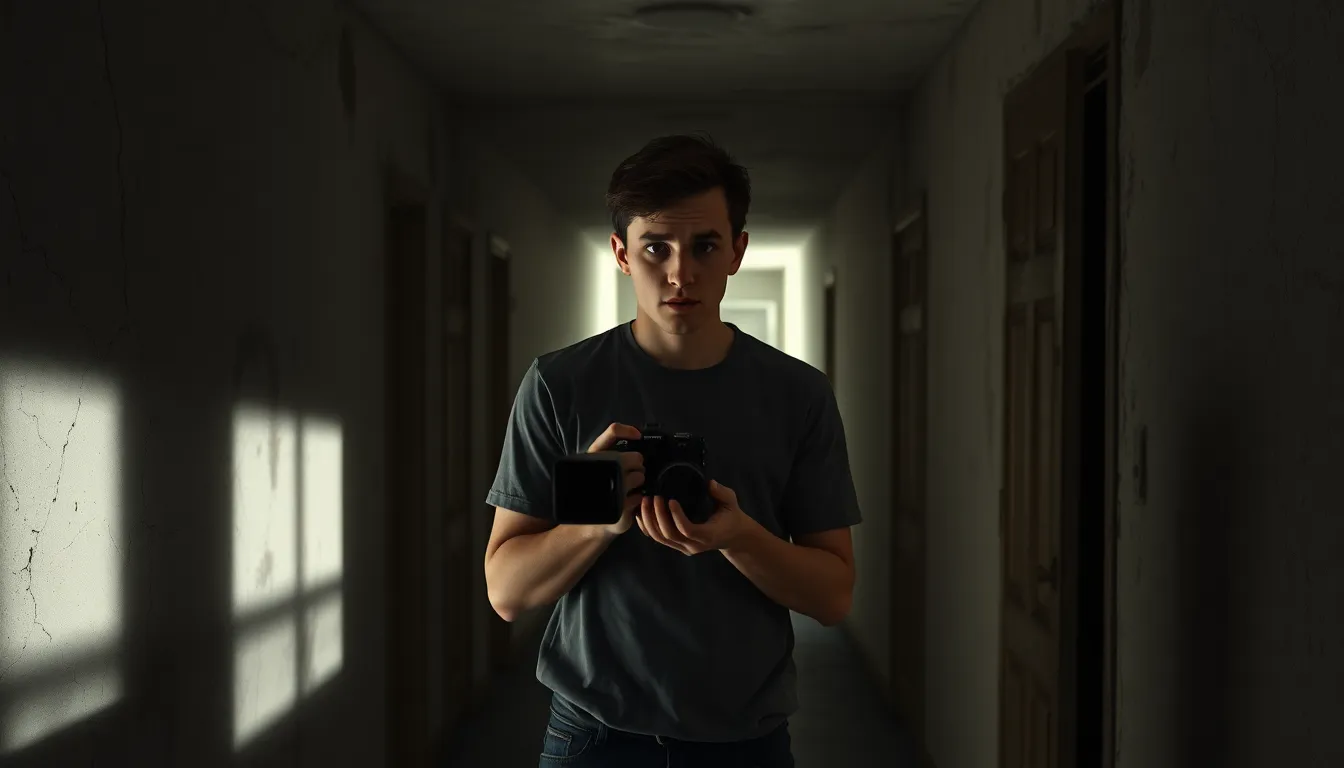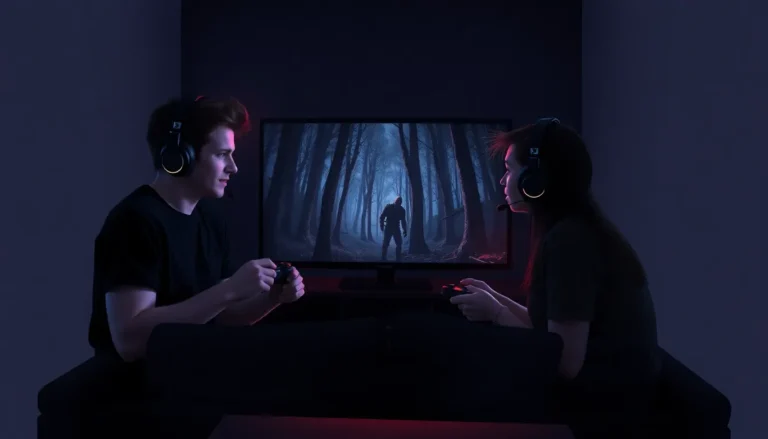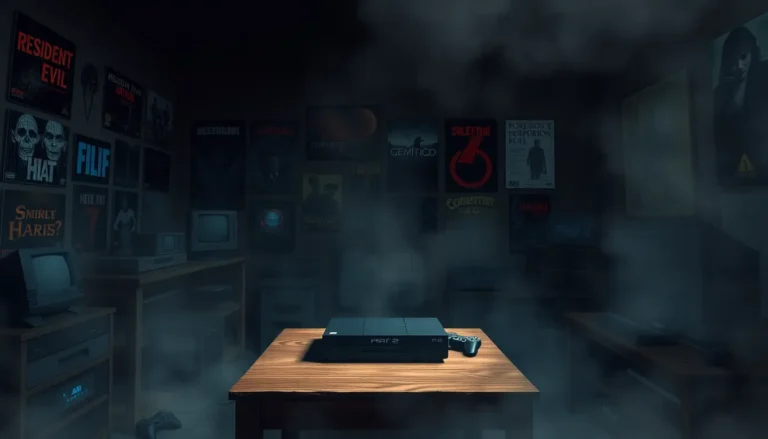First person horror games have a unique way of sending chills down players’ spines while keeping them on the edge of their seats. Imagine stepping into a world where every creak of the floorboards and flicker of the lights makes your heart race. These games don’t just tell a story; they immerse players in a terrifying reality where survival hinges on quick thinking and even quicker reflexes.
From eerie atmospheres to spine-tingling jump scares, first person horror games create an experience that’s both thrilling and terrifying. Whether it’s navigating a haunted mansion or escaping a deranged killer, these games challenge players to confront their deepest fears. So grab your flashlight and prepare for a hair-raising adventure that’ll have you questioning what lurks in the shadows.
First Person Horror Games
First-person horror games immerse players in a chilling atmosphere, enhancing the fear factor through detailed environments and sound design. Players engage directly with the game’s world, making experiences more immediate and intense. Environments often include dimly lit hallways, creaking floorboards, and unsettling noises that raise tension.
Narratives in these games frequently revolve around survival. Characters typically encounter terrifying adversaries, whether they are ghosts, monsters, or sociopathic killers. Quick decision-making and reflexes come into play during tense chases or puzzle-solving scenarios. Each moment can determine the outcome, keeping players on edge.
Additionally, iconic titles have significantly shaped this genre. Games like “Amnesia: The Dark Descent” and “Outlast” emphasize psychological horror while forcing players to confront their fears. Visual styles combine with storytelling to create unforgettable experiences, often exploring themes like isolation and dread.
Innovations within the genre enhance interaction. Features such as limited weapons or resources increase difficulty, compelling players to retreat or think strategically. Many games also exploit player control, leading to moments where the illusion of safety shatters unexpectedly.
Furthermore, escaping from dangerous situations requires keen awareness. Players must identify exits while avoiding traps set by hostile entities. The sense of vulnerability heightens as characters often lack means to fight back.
This genre continues to evolve with advancements in technology. Virtual reality and improved graphics further intensify immersion, allowing players to feel as though they inhabit the horror. Engaging storytelling, combined with enhanced gameplay mechanics, ensures that first-person horror games captivate and terrify audiences.
Key Elements of First Person Horror
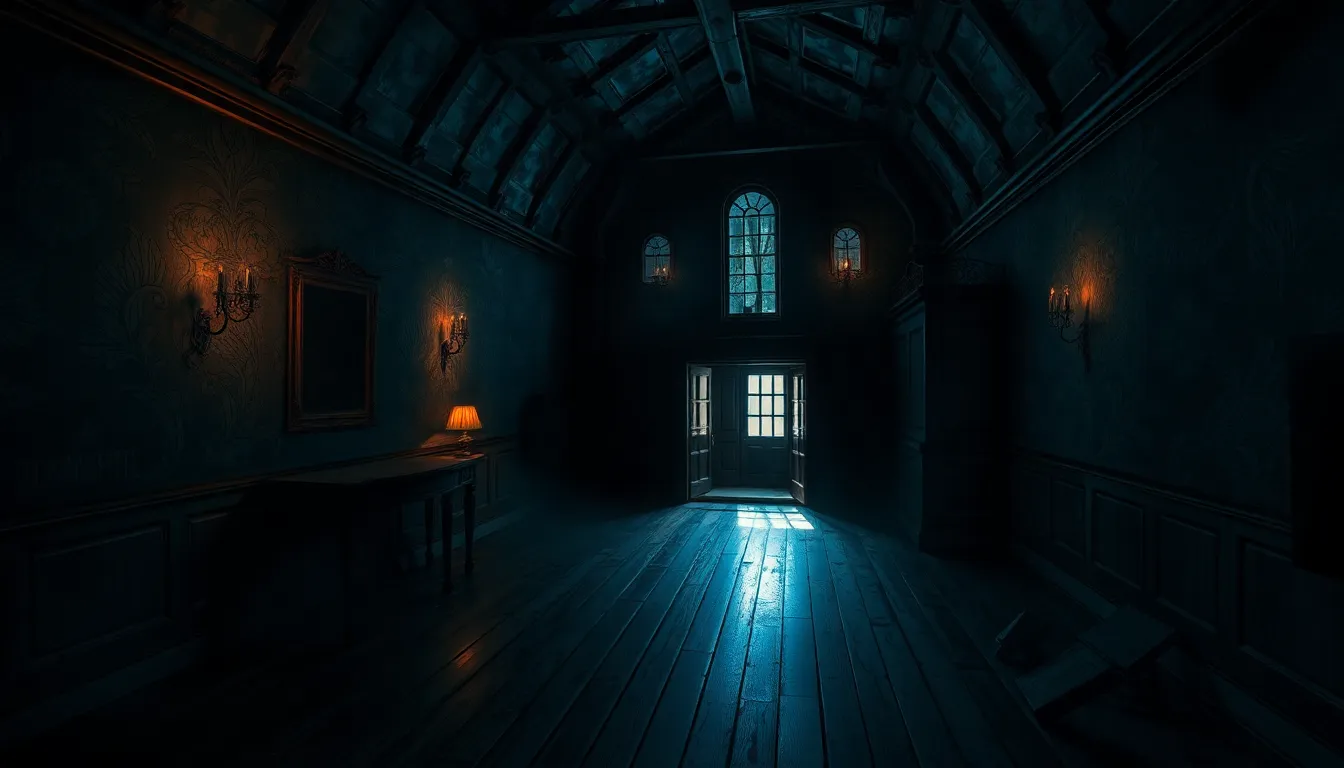
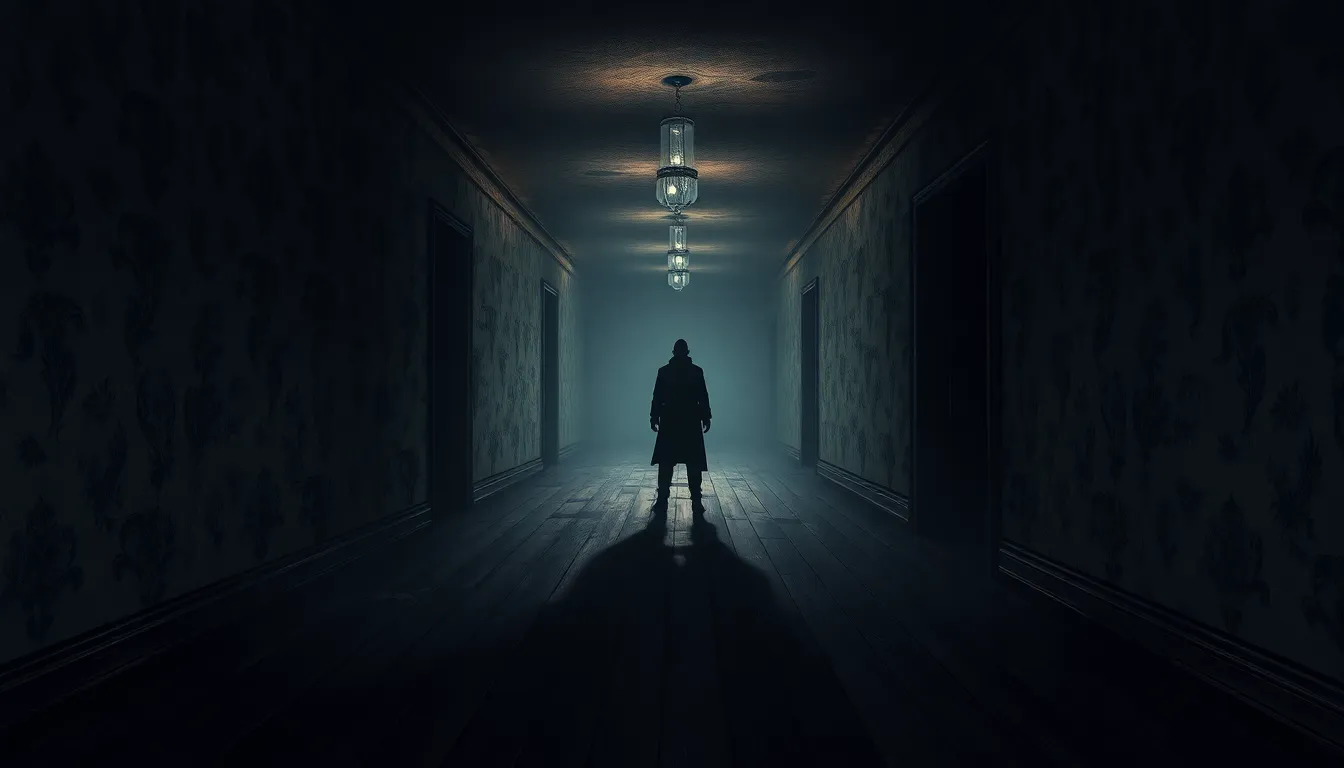
First-person horror games excel in creating a deeply engaging experience that allows players to confront their fears directly. Key elements enhance this sense of immersion, ensuring players feel the tension throughout their journey.
Immersive Storytelling
Immersive storytelling serves as the backbone of first-person horror games. Players encounter narratives filled with suspense and unexpected twists. Characters often face real psychological dilemmas that evoke empathy and curiosity. Whether they are exploring haunted locations or unraveling mysteries, individuals become invested in outcomes. Iconic titles like “Amnesia: The Dark Descent” effectively intertwine personal histories with haunting themes, drawing players into distressing situations that challenge their morality and decision-making. Engaging plots utilize dynamic dialogues and environmental storytelling, further enriching the gaming experience.
Atmospheric Design
Atmospheric design significantly impacts player immersion in horror scenarios. Intricate environments filled with detailed visuals communicate a sense of foreboding. Creaking floorboards and flickering lights heighten suspense, making players hyper-aware of their surroundings. Sound design plays a crucial role, enhancing tension with unsettling sounds that trigger primal fears. Effective use of lighting creates stark contrasts, emphasizing shadows that might hide lurking dangers. Environments are often crafted to encourage exploration, leading players to stumble upon chilling discoveries. This immersive atmosphere fosters an intense emotional response, pulling players deeper into the horror experience.
Popular First Person Horror Games
First-person horror games immerse players in terrifying experiences filled with suspense and dread. Players explore eerie environments while confronting supernatural threats and psychological challenges.
Amnesia: The Dark Descent
Amnesia: The Dark Descent stands out for its psychological horror and atmosphere. In this game, players navigate a dark castle while battling their fears and maintaining sanity. Resource management plays a crucial role, as players can’t rely on weapons to combat threats. Puzzles interspersed throughout the narrative keep players engaged while unearthing haunting backstory. With its unnerving sound design and minimalistic interface, players feel an overwhelming sense of isolation as they uncover terrifying secrets.
Outlast
Outlast captivates with its chilling narrative and unique gameplay mechanics. Players take on the role of a journalist investigating an abandoned asylum, equipped only with a night vision camera. The environments are meticulously designed to heighten tension, with each corner potentially hiding lurking dangers. Stealth becomes essential, as players must evade hostile patients. The layered storytelling unravels through documents scattered around the asylum, revealing the dark history behind the horrors within. High-stakes situations and terrifying encounters keep players on the edge of their seats.
The Evolution of First Person Horror Games
First-person horror games evolved significantly over the years, shaping how players engage with fear. Early titles established foundational mechanics that influenced future developments.
Early Titles and Their Impact
The launch of “Wolfenstein 3D” in 1992 marked a pivotal moment in game design. Its immersive environment and first-person perspective created a sense of urgency and dread. “Doom,” released shortly after, heightened tension with its dynamic combat and disturbing atmospheres. “System Shock” introduced psychological elements, blending horror with sci-fi themes and introducing the notion of lingering fear tied to artificial intelligence. These early titles laid the groundwork for future innovations, inspiring developers to explore complex narratives and atmospheric tension.
Modern Innovations
Advancements in technology revolutionized first-person horror games. Virtual reality introduced unparalleled immersion, allowing players to experience terror in a wholly new way. Games like “Resident Evil 7” and “Phasmophobia” leverage enhanced graphics and realistic sound design to create intense player experiences. Limited resource mechanics, common in modern titles, amplify the feeling of vulnerability and tension. Game developers utilize cutting-edge tools to craft detailed environments, designing intricate soundscapes that keep players engaged. Contemporary horror games thrive by combining these innovations with psychological themes, ensuring players remain immersed in unnerving narratives.
Conclusion
First-person horror games have redefined the gaming landscape by immersing players in terrifying narratives and chilling atmospheres. With every creak and shadow players encounter, the genre pushes the boundaries of fear and survival. As technology advances, these games continue to evolve, enhancing the psychological elements that keep players engaged and on edge.
The combination of intricate storytelling, immersive sound design, and innovative gameplay mechanics ensures that first-person horror remains a powerful experience. As new titles emerge, they promise to deliver even more intense and unforgettable adventures, solidifying the genre’s place in the hearts of horror enthusiasts.

